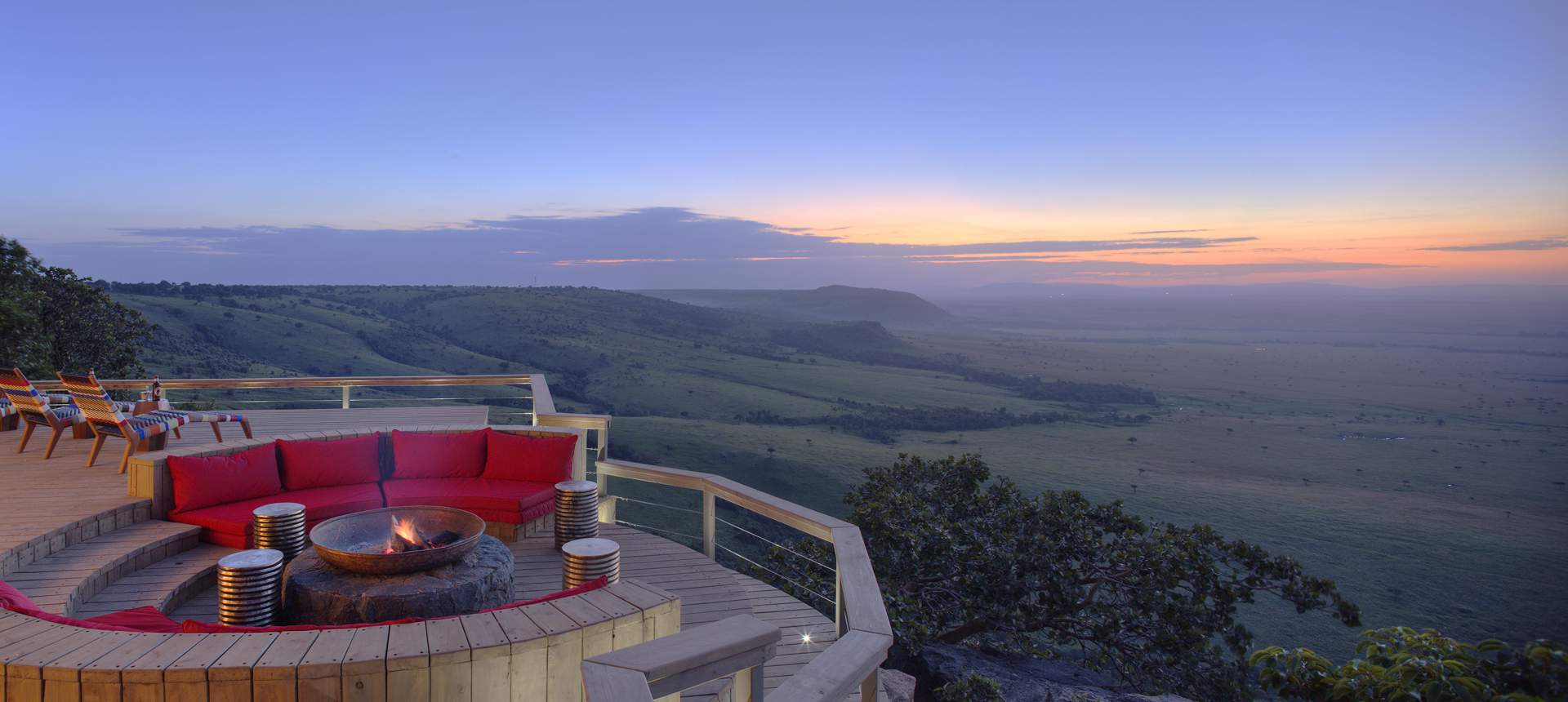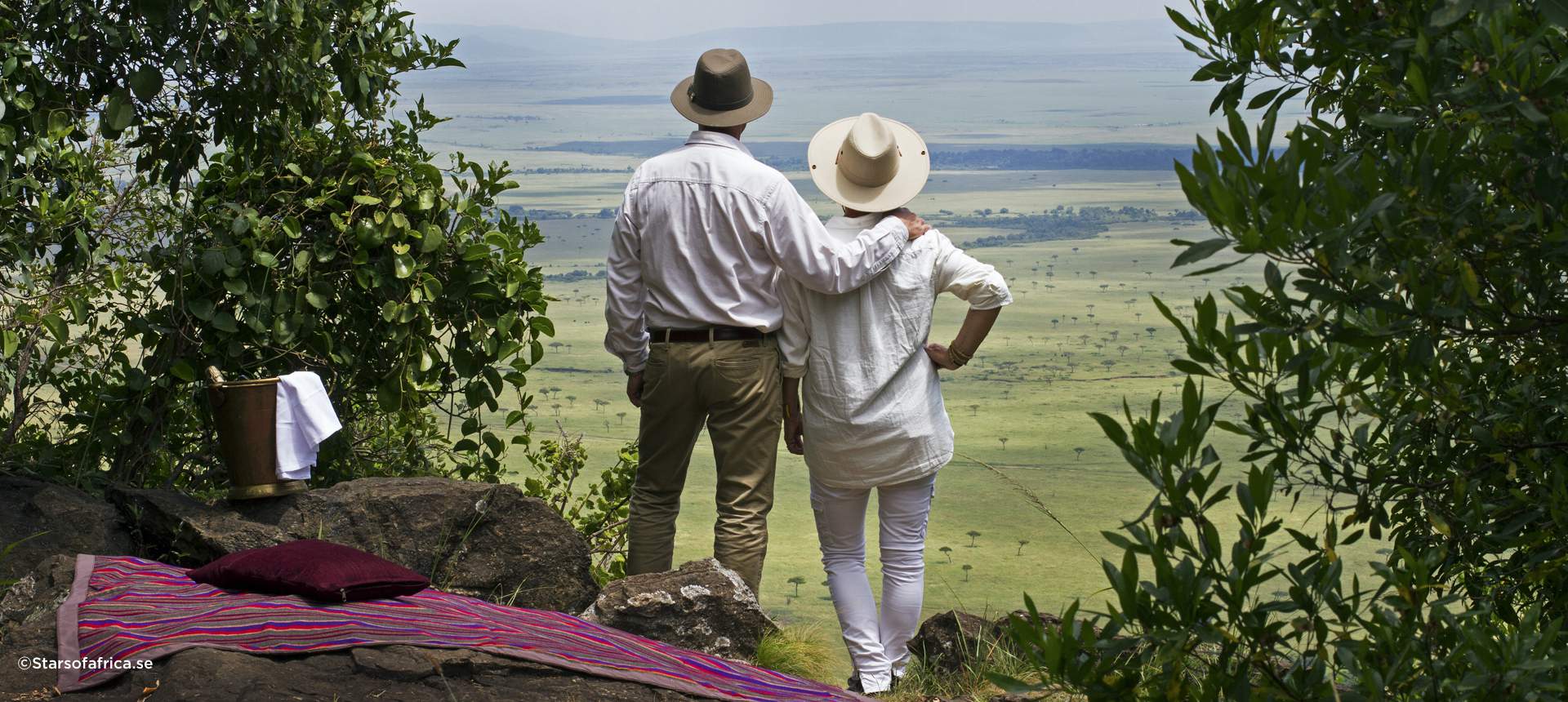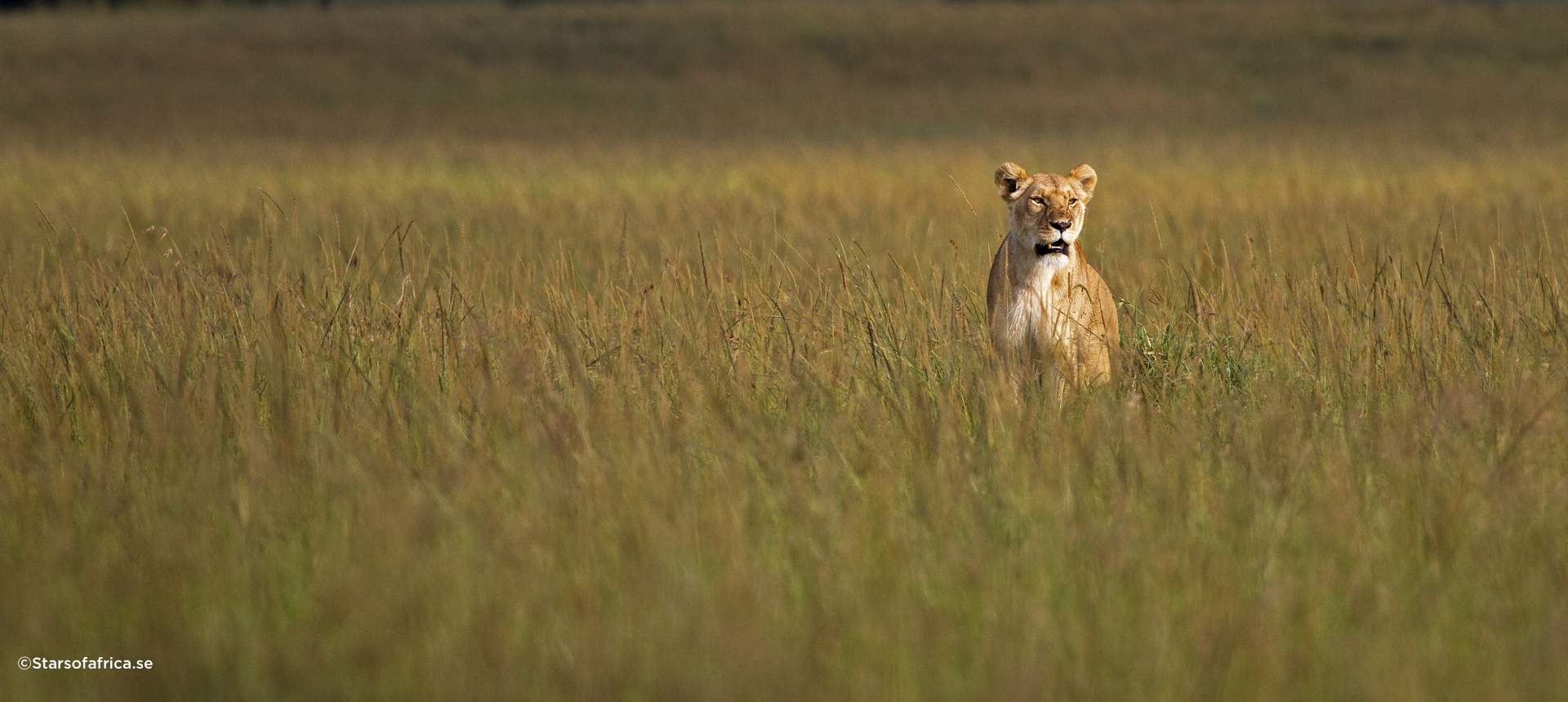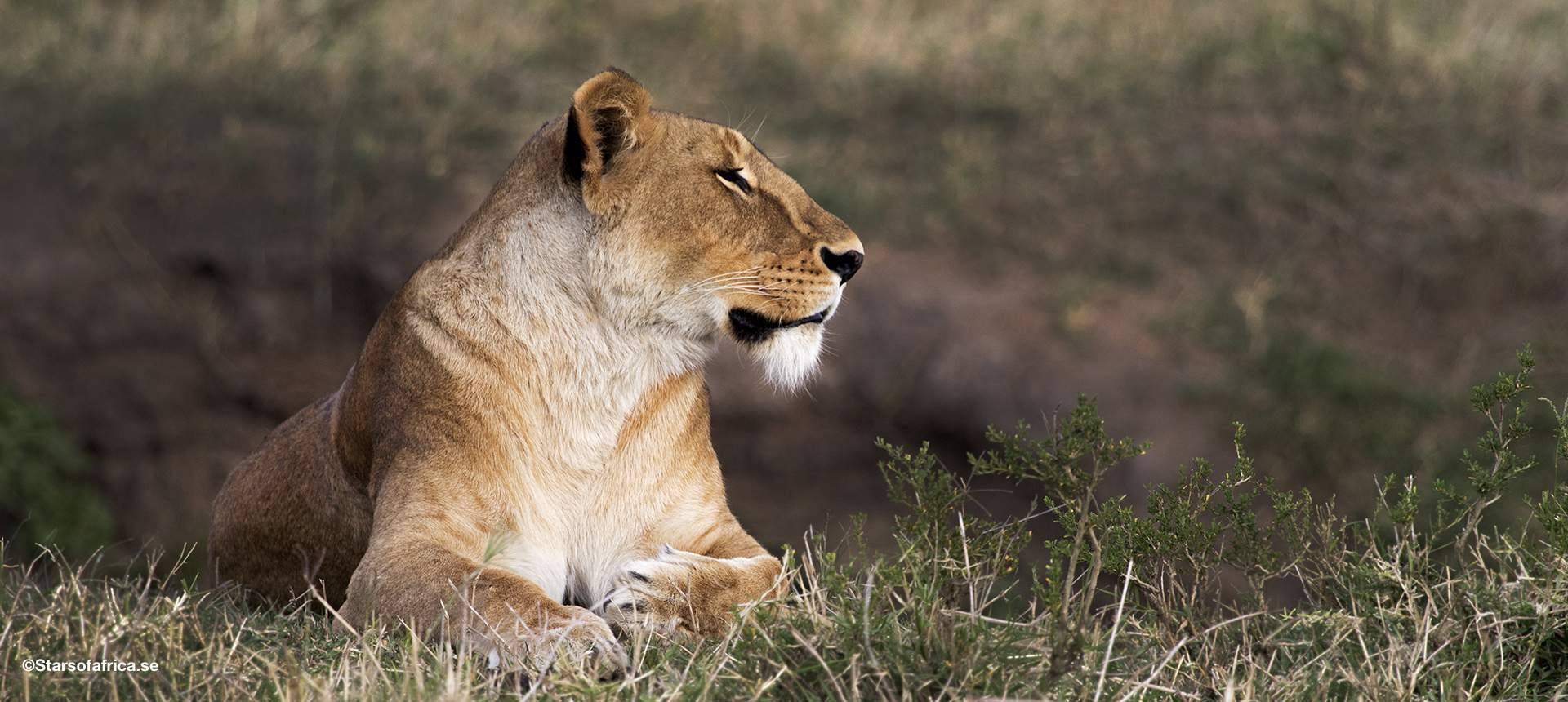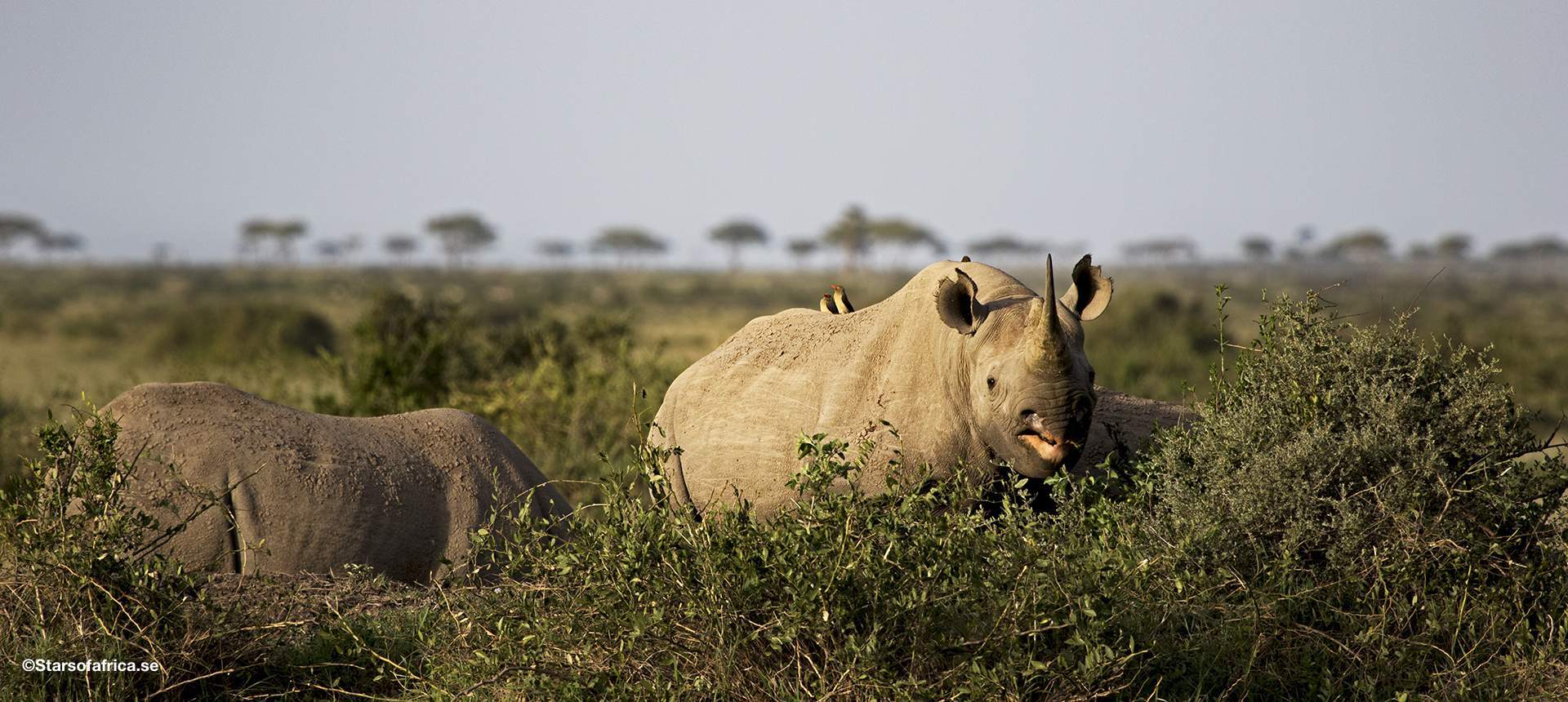ANGAMA MARA
A LODGE ON THE EDGE OF THE GREAT RIFT VALLEY – SUSPENDED IN MID-AIR
![]()
This outstanding family-owned and managed lodge is located in one of Africa’s most spectacular spots, perched high on the rim of the Oloololo Escarpment, overlooking the Maasai Mara National Reserve, giving substance to the word angama – Swahili for “suspended in mid-air”. It is here that some of the most famous scenes in Sydney Pollack’s 1985 masterpiece, the Academy Award-winning movie Out of Africa, based on Karen Blixen’s bestseller, were filmed.
This unique lodge was built by legendary visionaries Nicky and Steve Fitzgerald, pioneers in African tourism. It was innovatively designed by South African-based architects, Silvio Rech and Lesley Carsten, who also created Mombo Camp in Botswana and North Island in the Seychelles. The lodge is extraordinary; combining elements of local Maasai architecture, colonial era design and Modernist influences giving Angama Mara its very own tangible identity.
A great design and stunning good taste permeates every single detail of the lodge, the wonderful staff personalizes great hospitality, the fresh, modern cuisine is fantastic and the wildlife of the Mara always delivers – along with the outstanding location, this pretty much assures instant and total love.
This lodge is open year round.
ACCOMMODATION
Accommodation is comprised of two separate camps carefully built on two kopjes, each with 15 tents with overhanging terraces and a guest pavilion. Each camp has its own kitchen, staff and guest areas, as well as two interconnecting tents for families. The tents are classic East African safari tents, but with wall to wall glass fronts providing unrivalled, uninterrupted views of the vast savannah plains far below – guests can lie in bed in the morning and watch the area’s famous hot air balloons float past. The design is classic and contemporary, offering a unique experience with exceptional décor, stunning tin bathtubs for example, and private decks from which to enjoy the dramatic sunsets over this ancient landscape.
Dining
Head chef, Collins Randiga, and his team produce delicious, freshly-prepared meals using quality local products, in celebration of the best Kenyan ingredients. Dining arrangements are flexible; guests may either join other guests inside the lodge and enjoy dining at candlelit tables with linen tablecloths, or have private intimate dinners served on their own deck outside their tent. Nyama choma is yet another option on offer – the Kenyan version of a barbecue; deliciously grilled meats eaten outdoors in an informal, fun, relaxed atmosphere. During the day, the chefs at Angama take picnicking to a whole new level.
COMMUNITY
As in Karen Blixen’s days, the Fitzgerald’s presence and success in Maasailand is based on their respectful, symbiotic relationship with the local Maasai community, from which they have leased Angama Mara’s 700-acre plot and hired most of their staff. Creating opportunities for the local community is one of Angama’s top priorities. The Angama Foundation supports small, scalable community projects in consultation with local leaders. The Foundation’s first investment will be a health clinic.
ACTIVITIES
The focus at Angama is on game-drives, but there are no set activities – this camp is all about flexibility and what guests wish to, do creating the most personal experiences. A short 15-minute drive along a private track down the escarpment takes guests right into the exclusive Mara Triangle, west of the Mara River and its plethora of wildlife. Angama Mara also offers a variety of options, such as nature walks on the escarpment together with a naturalist, the most romantic 1920’s picnic set on the very same kopje where Robert Redford and Meryl Streep had their iconic picnic in the Out of Africa movie, visits to traditional settlements known as manyattas to experience the Maasai culture, or what about a hot-air balloon ride to experience the valley from high above. A unique experience on offer is an exclusive full day safari. Read more »
While enjoying the comfort of the lodge, guests are also spoilt for choice – such as a visit to the craft studio to watch Maasai women beading, an unforgettable massage on your private deck suspended 300 meters above the savanna, relaxing with a book in the library or sipping a drink on the terrace marveling at the sun over the African savannah. Angama Mara offers the perfect opportunity to unwind and revitalize oneself in the most beautiful setting. For the more active guests, there is the lodge’s fitness centre or the outdoor swimming pool overlooking the savannah.
WILDLIFE
The Maasai Mara Nature Reserve is home to massive numbers of resident wildlife as well as the annual Great Migration, when more than two million wildebeest, zebras, topis and Thomson gazelles move in search of prime grazing land. The Mara River is famous for its huge crocodiles lying in wait for the crossing animals. Lions, hyenas, as well as the more elusive cheetah and leopard also follow the vast migrating herds. The Mara hosts a large elephant population, massive hippos, buffaloes, giraffes, lions, cheetahs, leopards, servals and a number of antelope species. The endangered black rhino can be found in the dense bush, and, on occasion, the rare African wild dog can also be seen.
Though seldom the main attraction, birds play an essential role for the safari experience. While Africa’s famous mega fauna is what most guests come to see, the reality is that for every sighting of these majestic mammals, there is an equally interesting avian observation to be noted. At every lion kill there will be vultures noisily posturing nearby, for every heard of buffalo there will be several buffalos carrying busy oxpecker friends on their backs, watch the elephants slowly walking across the savanna and one will soon see lilac-breasted rollers chasing disturbed insects. There are 470 different species of birds recorded in the Maasai Mara, they are well worth some attention.
PHOTOGRAPHY
The Mara Triangle is a photographer’s dream. There is probably no other place on Earth where one can see this vast array of wildlife in one place – the sheer biomass is staggering, all year round. Angama Mara is very close to the world-renowned Great Migration river crossings.
The photographic opportunities are exceptional with wide-open plains, the iconic Acacia trees and countless wildlife to photograph. This area hosts over 95 species of mammals and 470 recorded species of birds. Offering some of the best predator photographic opportunities in Africa, all three of Africa’s big cats are regularly seen here, and often with their cubs providing exceptional predator photography opportunities. The area is also famous for the Maasai people, a tribe well known for their distinctive customs and dress.
Birds are always a big part of the Mara experience, as well. The brilliance of lilac-breasted rollers and saddle-billed storks, the regal demeanor of the hawks and eagles, and the excitement of a squabbling throng of vultures on a carcass.
The rolling landscape, savannah woodlands and rich riparian habitats provide a dramatic background for photography. Not to forget, the sunrises and sunsets that the Mara is famous for providing exceptional opportunities for silhouette photography. There is no fence between the Mara and Angama, which offers the perfect opportunity for guests to photograph giraffes right on the property against a stunning backdrop.
And then, there is the Great migration. Immortalized by countless wildlife films, it needs little introduction. Seeing the migration crossing the River Mara is as iconic as it gets. The Maasai Mara is without a doubt one of the best wildlife photography destinations in the world and during migration season there are few photographers who will not be moved by the experience. Being a natural event, the migration changes year to year in both timing and location, it is a timeless circular trek across the face of East Africa following the pattern of the rains. Each year around two million wildebeest and 250,000 zebra along with other antelope gather up their young and start their long trek from Tanzania’s Serengeti Plains, further north to Kenya’s Maasai Mara. The animals cover a distance of around 2,900 kilometers, 1,800 miles. It’s a difficult journey, and every year an estimated 250,000 wildebeest won’t make it. Generally the herds start arriving to the Mara by late July, the Mara crossings usually takes place July to August, a dramatic interplay between the wildebeests, the zebras and the resident gigantic Nile crocodiles. Come September, the huge mass of animals has arrived in the green and pleasant Maasai Mara presenting breathtaking sceneries. By November the migration starts moving south in anticipation of the new season’s rains.
It is seasonal rains and the availability of grazing that determines the movement, although the timing is extremely unpredictable. In reality the Migration is not a continually forward motion. The giant herds go forward, back and to the sides, they mill around, they split up, they join forces, they walk in a line, they spread out, they hang around.
Angama Mara guides can never predict with certainty where animals will be or when the Great Migration will make its appearance; the best anyone can do is to suggest likely timings, based on past experience. But as mentioned, the Maasai Mara is so much more then the Great Migration and guests will be offered a plethora of photographic opportunities at all times, angling from large herds of elephants to cheetah hunting gazelles on the great plains to the famous and magnificent Mara black-maned lion.


